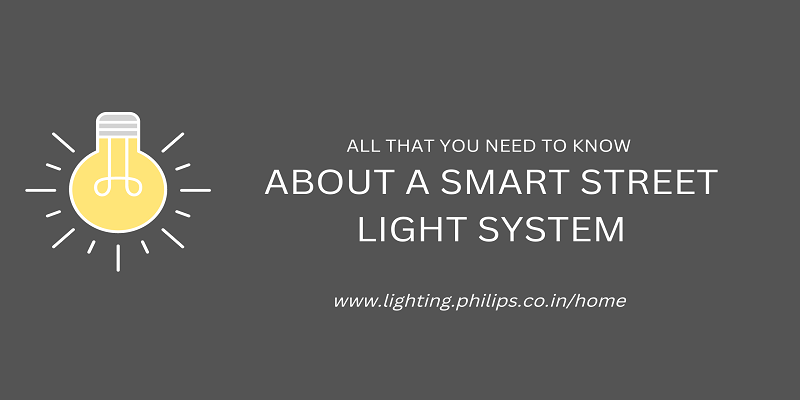All that you need to know about a smart street light system

Currently, with the increase in demand for power and the considerable gap between demand and supply, it has become super important than ever before that you should shift towards solutions that help conserve and use the resources in a better way. One of the initiatives taken is the shift toward a smart street light system.
v Components of Smart City Lighting
The primary component of a smart lighting system is the intelligent lamppost, which is made of the three following elements:
· HID/LED lamps with the highest efficiency.
· Internet of things based end-to-end communication to create a digitally secure, monitored, and reliable network.
· Addition of numerous intelligent sensors to monitor weather conditions, air pollution, lamppost inclination, and more.
v How do you make a smart street lighting system?
Smart street lights can be made intelligently by attaching cameras or other sensors that detect movement. The street lights can communicate with one another, owing to additional technology.
v Infrastructure Requirements
The main features of a street lighting system are
1. Lamps
2. Luminaries
3. Light bulbs
4. Lamp driver (ballast)
5. Streetlight poles (with 1, 2, or more lamps)
6. Power cabinet (feeder pillar)
7. Sensors
8. Contactors
v Advantages of smart streetlights
Street LED light is revolutionizing how utility providers and cities have witnessed street lights. It has multi-beneficial over simple LED lighting systems. Some of the main advantages are:
1. Automatic control: No human interference is needed to turn these smart street lights on or off as their light-sensing photocells enable real-time remote monitoring functionalities.
2. Cost-effective: Not only do the smart street lights save energy but they also put fewer burdens on the pockets because of their lower maintenance cost.
3. Improve energy efficiency: IoT connectivity of smart lighting allows it to monitor, collect, and send real-time usage data to civil authorities so that city planners can better utilize actionable data to save lighting energy and improve lighting infrastructure.
4. Enhance security, and reduce crime rate: Well-lit smart cities raise public satisfaction by promising a secure living atmosphere. In addition to it, smart lights with video cameras can help in solving crimes, as well as deter new crimes from happening.
5. Environmental monitoring: Street lights can also be equipped with sensors that identify pollen counts, toxic chemicals, or air pollution levels. As a result, smart city lights have less CO2 emission and hence a decrease in light pollution.
v Conclusion
Because of their strategic importance for social and economic stability, street LED light is essential for public authorities for the welfare of all. Having smart city lighting is the backbone of any city which is in the developing stage. Therefore, it is the new wave of street lighting.
To read more, click: https://www.lighting.philips.co.in/home




